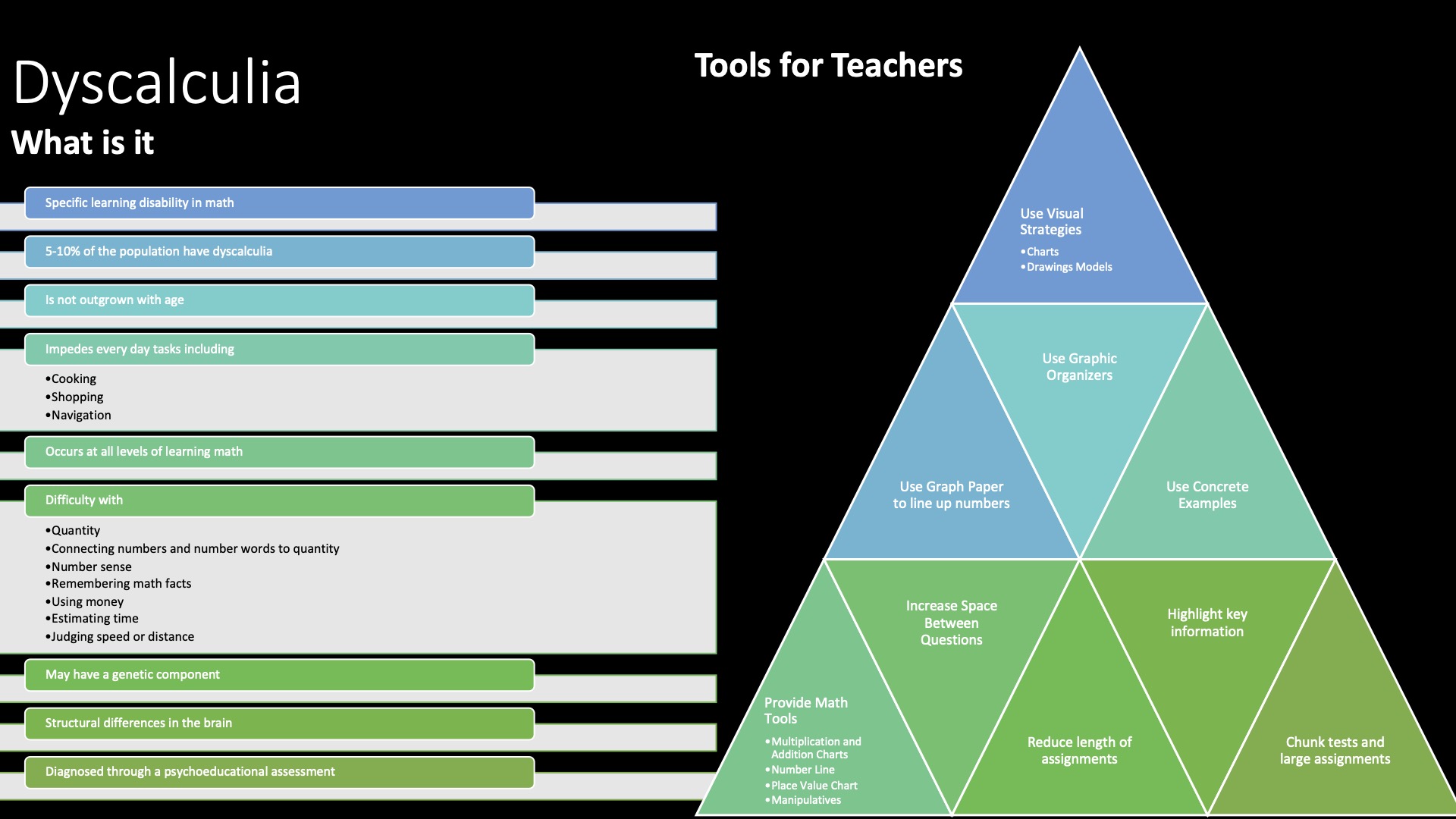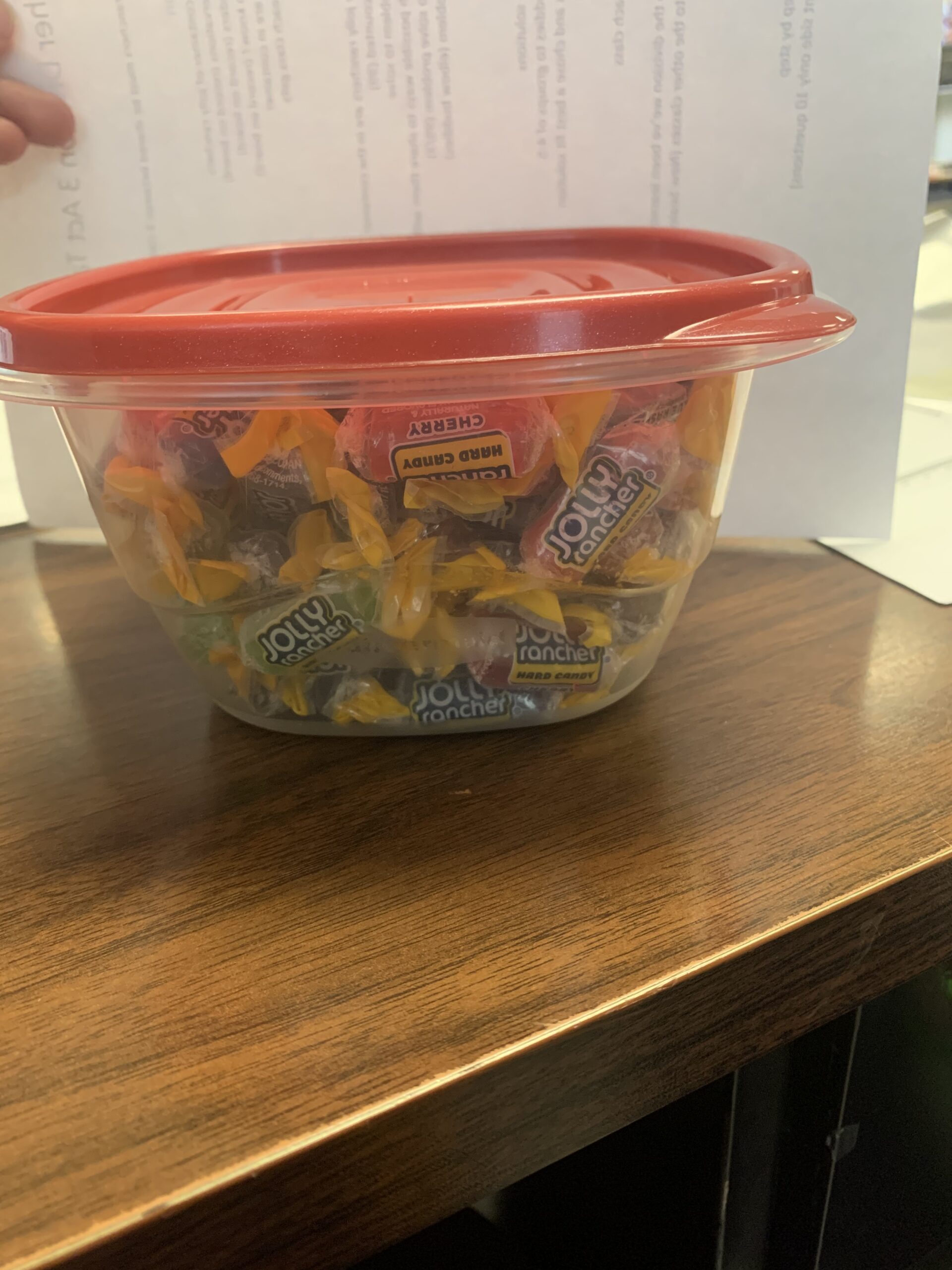While I received minimal feedback on my initial post I lucked out in seeing two responses to my draft right as I was logging on to post my good copy. Throughout the process, I was able to gather ideas and suggestions by reading through my peers’ posts and the comments on them. I found the lack of timely feedback and engagement with my post disheartening and that it has greatly limited my ability to complete this assignment fully and to fulfill the goals of this module. In reading through peers posts I was inspired to look more closely at one of the number sense resources I have been using as a reference text when looking at all the elements of number sense. First Steps in Mathematics was developed by the Western Australia Minister for Education in 2013.
When exploring the BC k-12 math curriculum number sense forms the backbone of the k-9 program with specific number sense outcomes listed for each grade as both big ideas and curricular competencies. Chapin and Johnson state, “Number sense is the primary focus of Elementary Mathematics, one of the goals of instruction in arithmetic is for students to become numerically powerful and proficient.” (Chapin & Johnson, 2006) Students who have strong number sense are better able to interact with the entire mathematics curriculum. Having number sense implies the ability to think flexibly about numbers and quantities and to interact with them in increasingly personal ways without relying on algorithms.
The purpose of my logic model is to examine one potential tool for creating a number sense assessment in my k-5 school. Our students are generally strong in literacy, but our district and provincial testing data shows an increasing number of students who are not proficient in numeracy. My goal is to zoom in on number sense as the backbone of numeracy instruction. The program that I have chosen has an assessment component as well as teaching strategies. The First Steps in Mathematics program includes a clear set of developmental phase as well as indicators of skill development for when learners enter each phase. Using the First Steps in Mathematics program we are able to select specific activities from the program to be used as assessments while others may be utilized in the classroom for learning and practice.
The outcomes use a mix of qualitative and quantitative data points to demonstrate success. Our initial focus is on building staff competency, first working with a small group of one teacher per grade then expanding after a pilot project with volunteer teachers. This allows for troubleshooting of the process along the way and accommodates the need for additional training and professional autonomy. By having a pilot group, problem areas can be adjusted before they can get out of hand and necessary changes made, the pilot group also allows for more productive conversations and planning around adapting and implementing First Steps in Mathematics as the group size is reduced to between ¼ and 1/3 of our total staff. This process and the implementation in the pilot group classrooms will need to undergo significant data analysis before moving to a full school implementation. This will include student work samples before and after as well as testing data and a variety of surveys and interviews. Throughout the process feedback will be gathered from staff, students and families as all are stakeholders in the educational process. Families need to have a voice in their child’s education and share their ideas and priorities for student learning to ensure that we fulfill the school mission of “Home and School Working Together”.
Logic Model
| How will a school wide number sense assessment enhance student learning and improve numeracy? | |
| Inputs | People School staffClassroom teachersResource teachersAdministration District staffDistrict teachers for:NumeracyPrimary gradesIntermediate / middle gradesDirector of instructionSchool communityFamilies / parentsStudentsMaterialsNumber sense resourcesFirst Steps in Mathematics – Number Sense https://www.arpdcresources.ca/resources/first_steps_in_mathematics/documents/number-sense.pdf Curriculum documentsDistrict Essential StandardsFunding for:Release timePrintingProfessional developmentProfessional developmentAssessment usageData analysisNumber sense |
| Activities | Determining number sense goals by grade based on curriculum and research Gathering information about needs from staff, students and families.Adapting First Steps Model to connect with BC Curriculum Determining which activities are to be used for assessmentPiloting the assessmentGathering feedback from pilot teachers, students and familiesAnalyze data from assessment and feedbackShare findings with staff and school communityTrain other staff on implementing the assessmentImplement assessment school wideCollect and analyze school wide dataDetermine areas of strength and weaknessShare data at school and district level |
| Outputs | Assessment toolsFor each gradeSchool wideAssessment components for progress monitoringDataMix of qualitative and quantitative Individual studentClassGrade group School wideBy number sense strand / key understandingProfessional developmentNumber sense strandsHow to administer the assessmentPlan for improving number senseUsing the data as a school we can target specific areas of needPlan to work across classes / grades to share targeted activities |
| Outcomes | Short termIncreased teacher understanding of number senseAccurate tool to assess number senseCommon language to discuss number senseTargeted instruction to increase student skills |
| Medium termIncreased student number senseImproved mathematical fluencyStudent progress can be tracked over several yearsIdentify students requiring number sense intervention soonerUse of formative assessment to drive instruction | |
| Long termIncreased math skillsMore students are meeting or exceeding expectations on District Numeracy Assessment and Foundation Skills AssessmentsFewer intermediate students require numeracy supportDevelopment of an early math intervention programs in place similar to Reading Recovery or Leveled Literacy InterventionStrong foundations in numeracyStronger number sense skillsTargeted teaching for number senseExplicit number sense instruction | |
| Impacts | Increased use of data to inform numeracy instructionCommon language and tools for assessing number senseTeachers are able to target specific skillsMore students receive support for number sense and numeracy related learning gapsIncreased numeracy school wideStudents are more prepared to apply numeracy skills to increasingly complex problemsSchool wide collaboration on number sense |
| Constraints | TimeStaff expertiseStudent attitudes towards assessmentsFunding for resourcesInconsistent implementation of the assessmentAvailability of support staff to work with students with additional needsStaff reluctance to try new thingsCovers other areas of mathExisting attitudes towards numeracy |
Staff Interview Questions
To be completed with staff including a mix of classroom teachers, non-enrolling teachers, support staff and school administrators. Where possible meeting with staff from more than one school site will give a better range of data for greater statistical significance.
Topic 1 – Number Sense
- What is your definition of number sense?
- What skills do you think some one needs to have to have number sense?
- What do you think the role of number sense is in math education? Life?
- What does strong number sense look like?
- How do you feel about your own number sense? General math skills?
- What resources do you have access to surrounding number sense?
- What professional development have you experienced related to number sense?
- How have professional development workshops, videos or courses influenced your view of number sense?
Topic 2 – Assessment Practices
- How do you know if a student has number sense?
- How do you assess number sense in your classroom?
- What does summative number sense assessment look like in your classroom? Formative?
- How often do you assess number sense?
- Do you feel a number sense specific assessment would be helpful? Why or why not?
- Do you feel like you have enough information about your student’s number sense? Why or why not?
- What do you know about your student’s number sense?
- What would you like to know about your student’s number sense?
Topic 3 – Future Assessment
- What could number sense assessment look like?
- What information do you want or need about students’ number sense?
- How would you like a number sense assessment structured? By grade? In groupings of 2-3 grades? Not linked to grade levels?
- How detailed would you like a number sense assessment to be?
- What are your priorities when assessing number sense?
- What would you need to implement a number sense assessment?
Closing
- What else would you like to share about number sense?
- Do you have any thoughts about creating a number sense assessment?
- What questions do you have about assessing number sense?
Staff Survey
To be completed by staff. Where possible having a mix of staff positions across multiple school sites and grade levels will give more rounded feedback and better statistical significance.
Student Interview questions
Topic 1 – Number Sense
- What do you think number sense is?
- What skills do you think some one needs to have to have number sense?
- What do you think the role of number sense is in math class? Life?
- What does strong number sense look like?
- How do you feel about your own number sense? General math skills?
Topic 2 – Current Practices
- How does your teacher have you practice your number sense skills?
- How does your teacher check on your number sense skills?
- Do you know what you’re good at with number sense?
- Do you know what you need to practice with number sense?
- How often do you practice numbers sense?
Topic 3 – Future Assessment
- How would you like your teacher to check on your number sense?
- What would you like your family to know about your number sense?
- Do you prefer paper check ins or conversations with your teacher to check in?
- What do you want to know about your number sense?
Closing
- What else would you like to share about number sense?
Student Survey
Family / Community Interview questions
Please note that the family and community survey uses the term student to refer to learners in the school rather than using child or children to be inclusive of all family types and structures.
Topic 1 – Number Sense
- What is your definition of number sense?
- What skills do you think some one needs to have to have number sense?
- What do you think the role of number sense is in math education? Life?
- What does strong number sense look like?
- How do you feel about your own number sense? General math skills?
- What resources do you have access to surrounding number sense?
- What could the school do to support your understanding of number sense?
Topic 2 – Current Practices
- How do you know if your student has number sense?
- What do you know about your student’s number sense?
- Do you feel like you have enough information about your student’s number sense? Why or why not?
- What would you like to know about your student’s number sense?
- How often is your student’s school / teacher communicating with you about their number sense?
- Has your student’s school / teacher ever shared concerns about your student’s number sense? If so what?
- Do you feel a number sense specific assessment would be helpful? Why or why not?
Topic 3 – Future Assessment
- What could number sense assessment look like?
- What information do you want or need about your student’s number sense?
- How would you like a number sense assessment structured? By grade? In groupings of 2-3 grades? Not linked to grade levels?
- How detailed would you like a number sense assessment to be?
- How would you like information about your student’s number sense to be shared with you?
- How often would you like information about your student’s number sense to be shared with you?
Closing
- What else would you like to share about number sense?
- Do you have any thoughts about creating a number sense assessment?
- What questions do you have about assessing number sense?
Family Survey
References
Centers for Disease Control and Prevention. (n.d.). Types of evaluation. National Center for HIV/AIDS, Viral Hepatitis, STD & TB Prevention.
Chapin, S. H., & Johnson, A. (2006). Number Sense. In M. M. K-8, Chapin, Suzzanne H.; Johnson, Art (Second ed., pp. 1-30). Sausalito, California, USA: Math Solutions.
Chen, H.-t. (2015). Practical program evaluation : theory-driven evaluation and the integrated evaluation perspective. Los Angeles: SAGE Publications.
Western Australian Minister for Education. (2013). First Steps in Mathematics: Number Sense. Don Mills: Pearson Canada.





